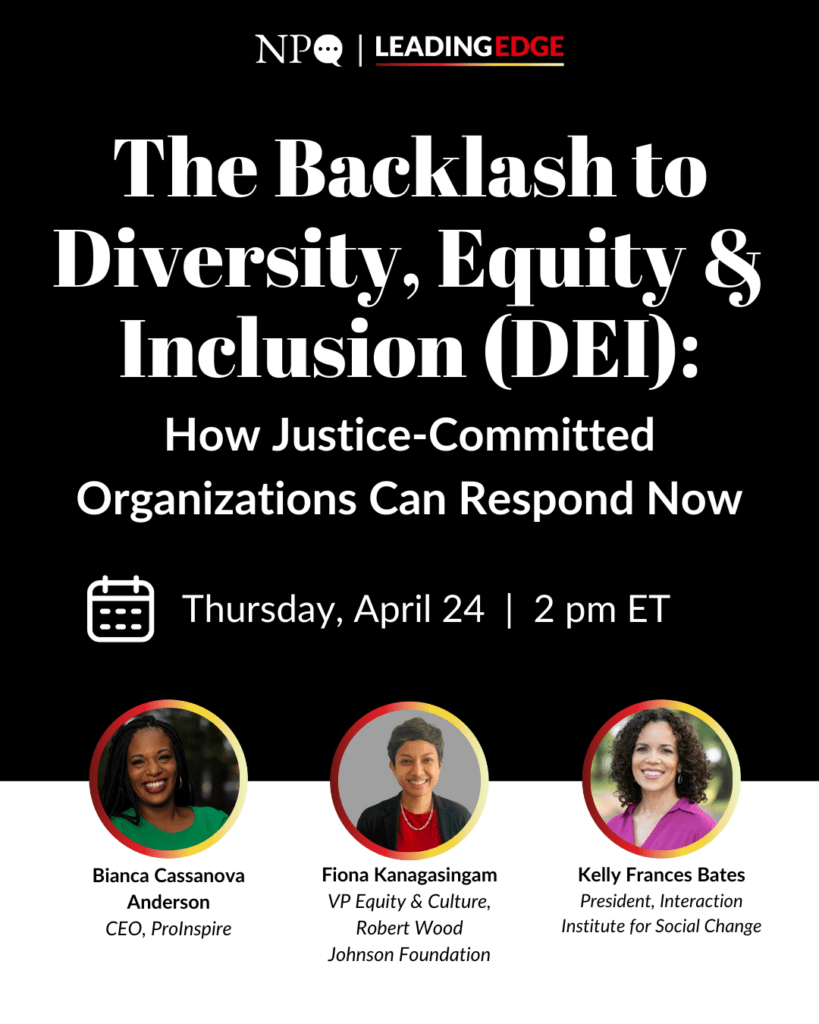October 23, 2012; Source: The Foundation Center
The Foundation Center’s two recent reports on the payouts (see previous coverage here) and administrative expenses of private foundations contain some very important information. Some of the findings in the report titled “Benchmarking Foundation Administrative Expenses” are what everyone might presume: foundations with staff had much higher average expense ratios (eight percent) than unstaffed foundations (with expense ratios averaging one percent), compensation consumes the largest chunk of the administrative expenses of larger endowed foundations, and foundation size correlates with increased administrative expenses such as more staff and more complex infrastructure despite achieving some economies of scale. But there is much in “Benchmarking” that is absolutely intriguing, however, and worth the attention of nonprofit and foundation readers.
First, the report states, “Foundations with high charitable administrative expense ratios often mix grantmaking and direct charitable activities.” That’s not a surprise to us, but it is an important finding. The Foundation Center report indicates that one out of five of the larger endowed foundations it studies engages in direct charitable activities, meaning that they run programs as opposed to simply providing grants to nonprofits to run programs. The Foundation Center report author, Loren Renz, actually reaches a conclusion we have suggested for some time: “In fact, although they make grants, some independent foundations seem to function much like operating foundations.”
Renz suggests that foundations with significant direct charitable activities ought to be clear in how they report them in their public documents. Renz reports that health conversion foundations are among the highest in terms of expense ratios and direct charitable activities, which is understandable, as many are the creations of a public process in which state governments, for example, tried to capture and retain (through the conversion foundation structure) something of the nonprofit programs and services that were previously carried out by the now-converted nonprofit insurers and hospitals. But we have seen many non-health foundations drifting toward self-financed programs. These foundations should be very, very careful that their direct charitable activities are not better accomplished by independent nonprofits that they might fund.
Also, the report notes, “International grantmaking, direct charitable activities, and grants-to-individuals programs are strongly associated with higher expense ratios.” Renz indicates that these foundation activities involve “higher fixed costs, require more employees, or incur greater regulatory burdens.” That would certainly seem to be the case on international grantmaking, given the complexities involved in working with non-U.S. grant recipients, from extra due diligence to complying with mandatory and voluntary federal regulations in the post-9/11 era.
Sign up for our free newsletters
Subscribe to NPQ's newsletters to have our top stories delivered directly to your inbox.
By signing up, you agree to our privacy policy and terms of use, and to receive messages from NPQ and our partners.
A 2010 Foundation Center update shows international grantmaking by U.S. foundations since 9/11 rising from $3.2 billion in 2002 to $7 billion in 2008, though declining slightly to $6.7 billion in 2009, perhaps due to the impacts of the recession on foundation assets. For a set of larger foundations reviewed by the Foundation Center in 2010, international grant dollars rose faster than total foundation grantmaking between 2006 and 2008, though the impact of the Bill & Melinda Gates Foundation as a large component of international grants should not be discounted. Nonetheless, if we want U.S. philanthropy to address international issues such as agriculture, health, and poverty overseas, nonprofits should expect foundations to be smart—and staffed—to do effective international grantmaking.
Despite these findings, it is incumbent on foundations to think about how to improve their reporting and disclosures. The information on direct charitable activities is not well reported on their 990s. Renz suggests that there are problems with foundations’ reporting of data in the line items of “other professional fees” and “other expenses,” which she suggests “have become catchalls that obscure a significant and increasing amount of operating expenditures.”
We have actually seen foundations report fees paid to consultants doing studies on their behalf as grant expenditures rather than professional fees. Oddly, “Benchmarking” doesn’t include any specific, disaggregated information on trustee fees paid by endowed foundations or other specific board- or trustee-related expenses. In the broad realm of foundation expenses, they are probably inconsequential totals, but as indications of a foundation’s values, how much it pays trustees speaks volumes to the nonprofit sector.
Nonetheless, this report reflects the advocacy of organizations that have militated for better, smarter foundation grantmaking, elevating staff to play important roles in educating trustees and finding good grant recipients to carry forth the foundations’ missions. There is, however, no good information to measure the efficacy of the foundations’ staff-related administrative expenditures. Have nonprofit grant recipients found that increased foundation expenditures for program officers and managers led to commensurately improved foundation grant (and PRI) output and performance?—Rick Cohen












